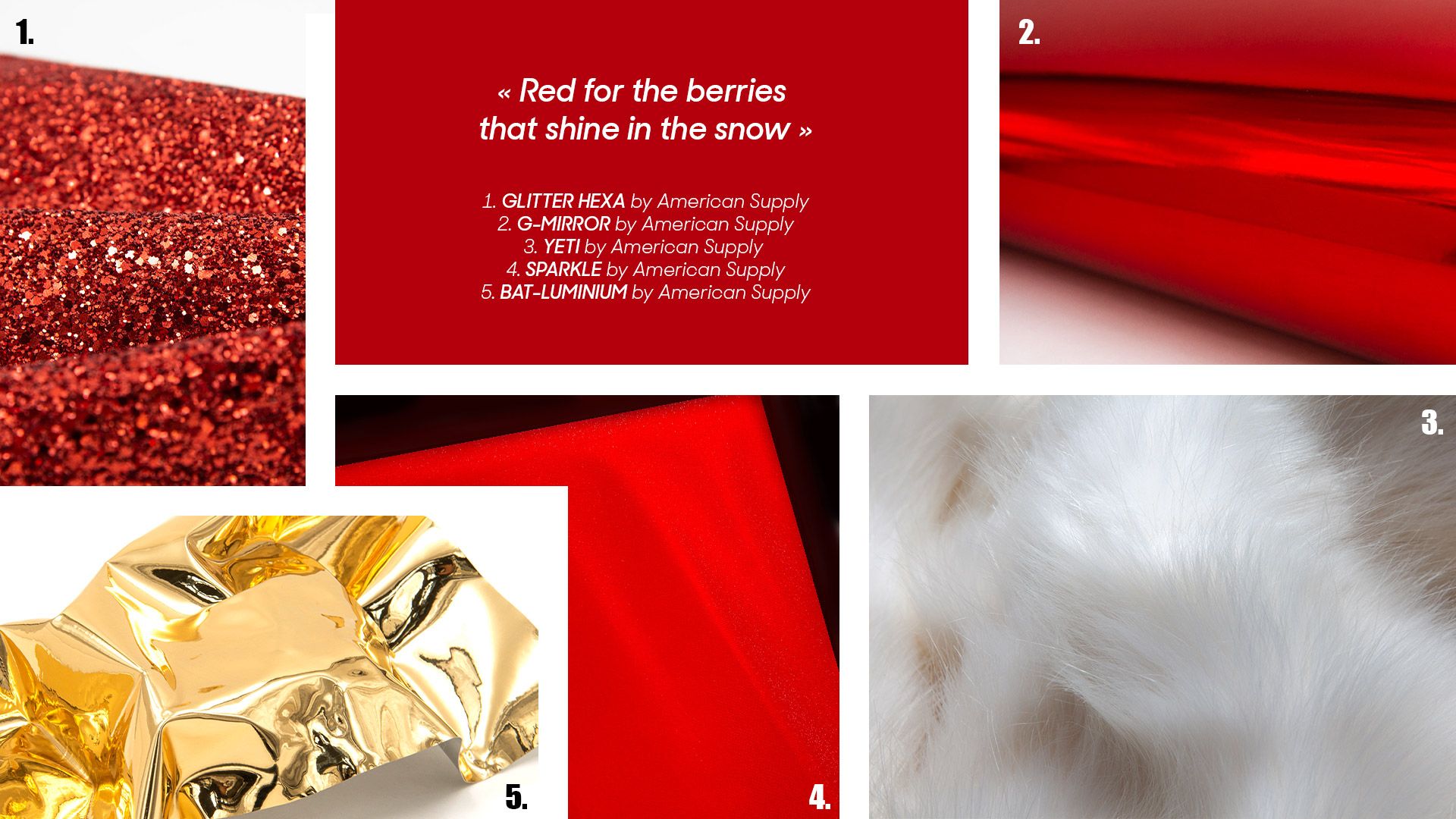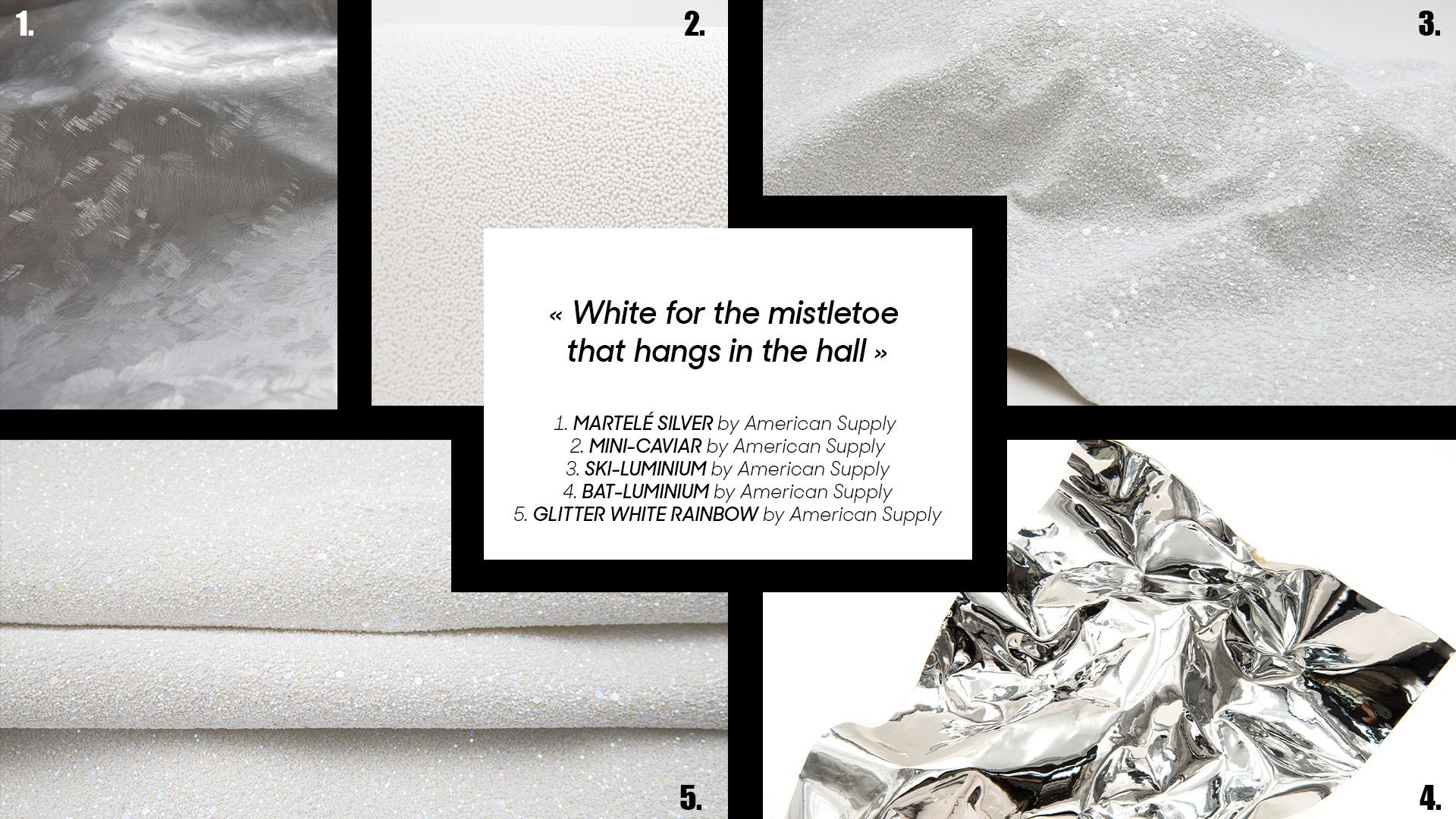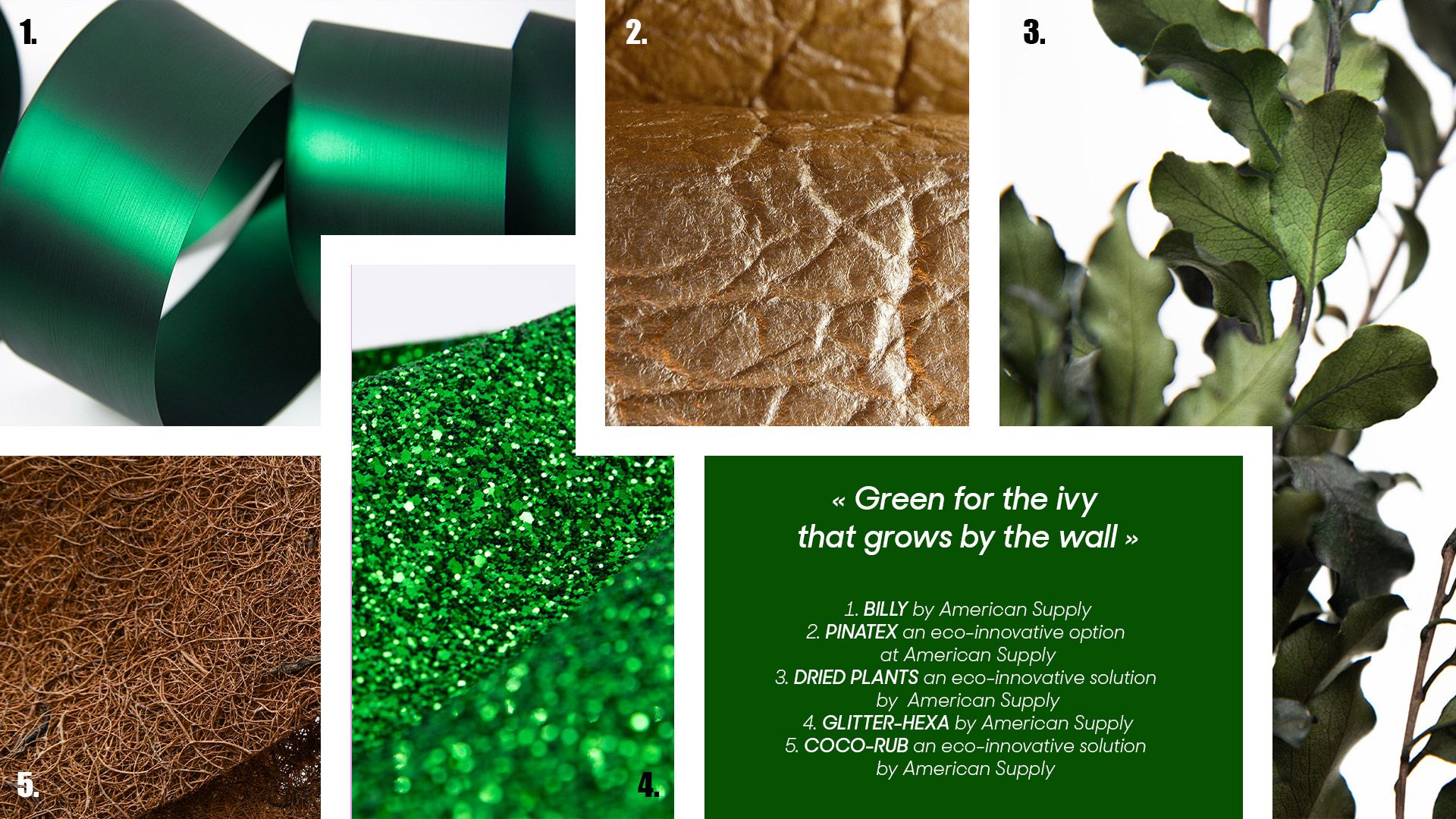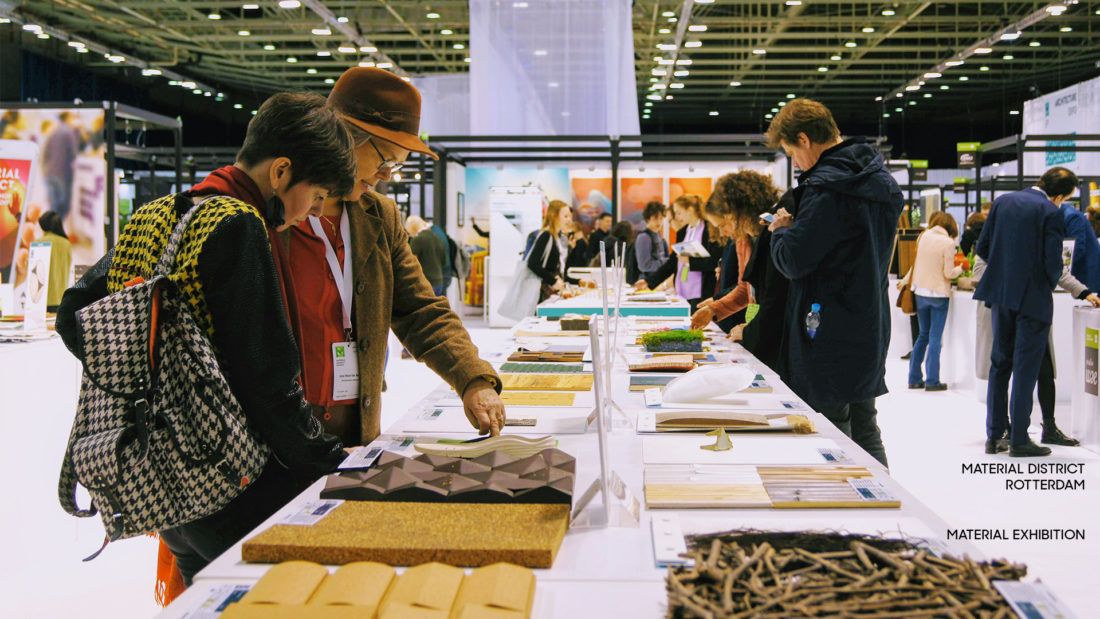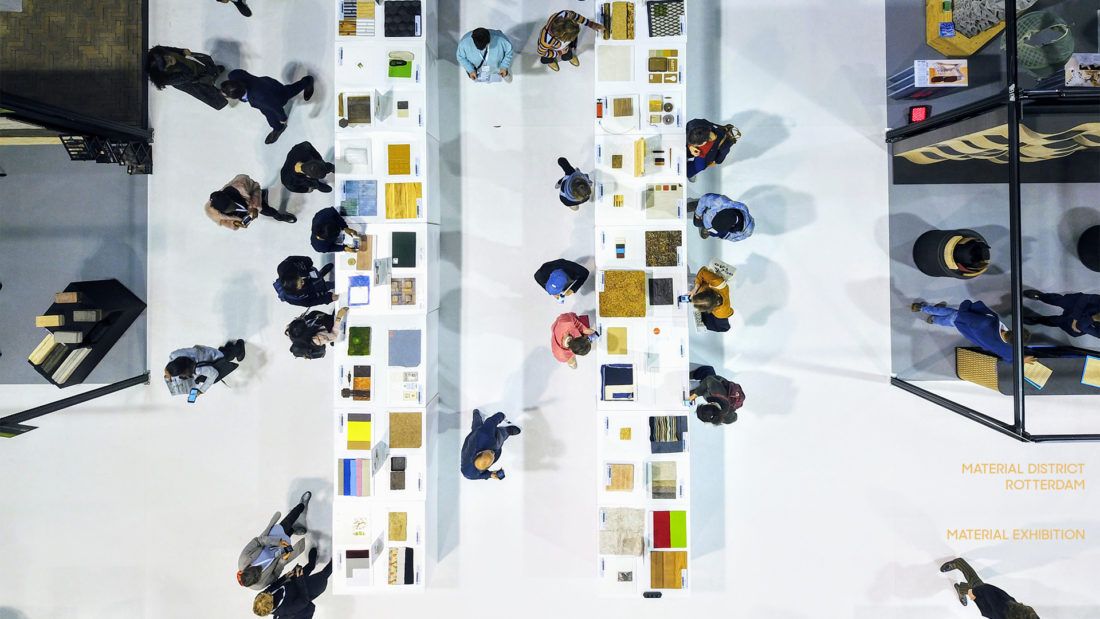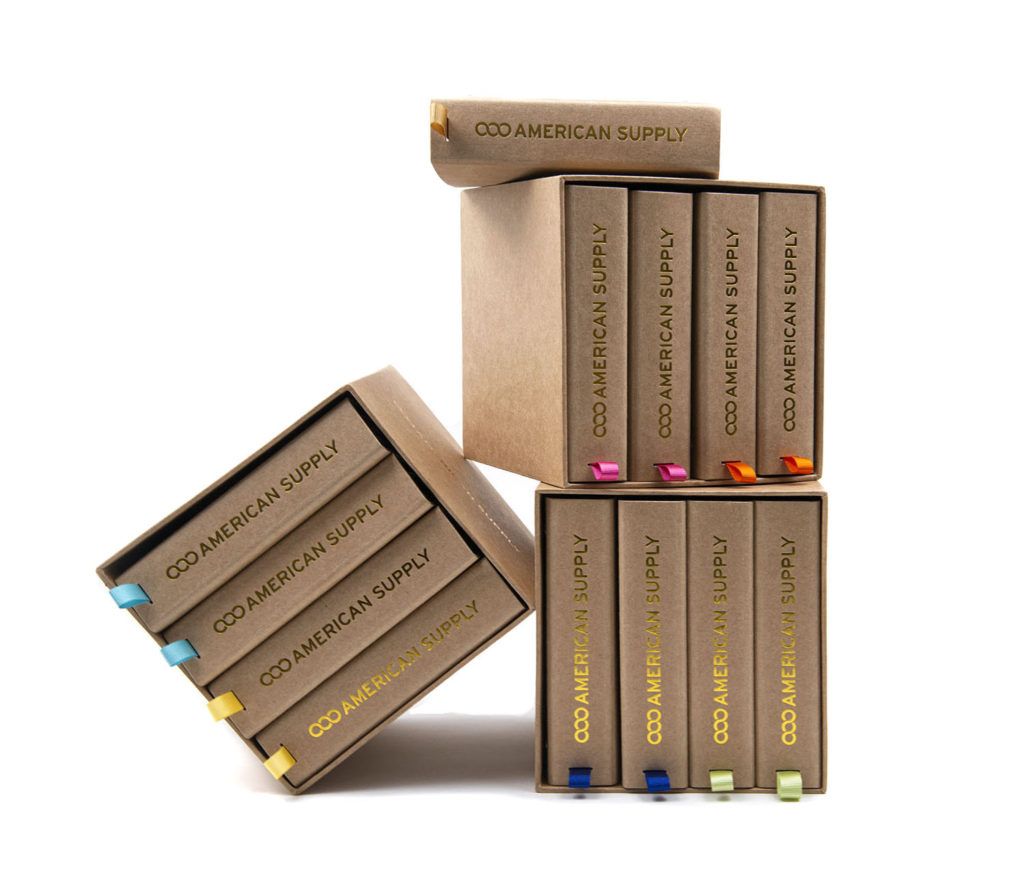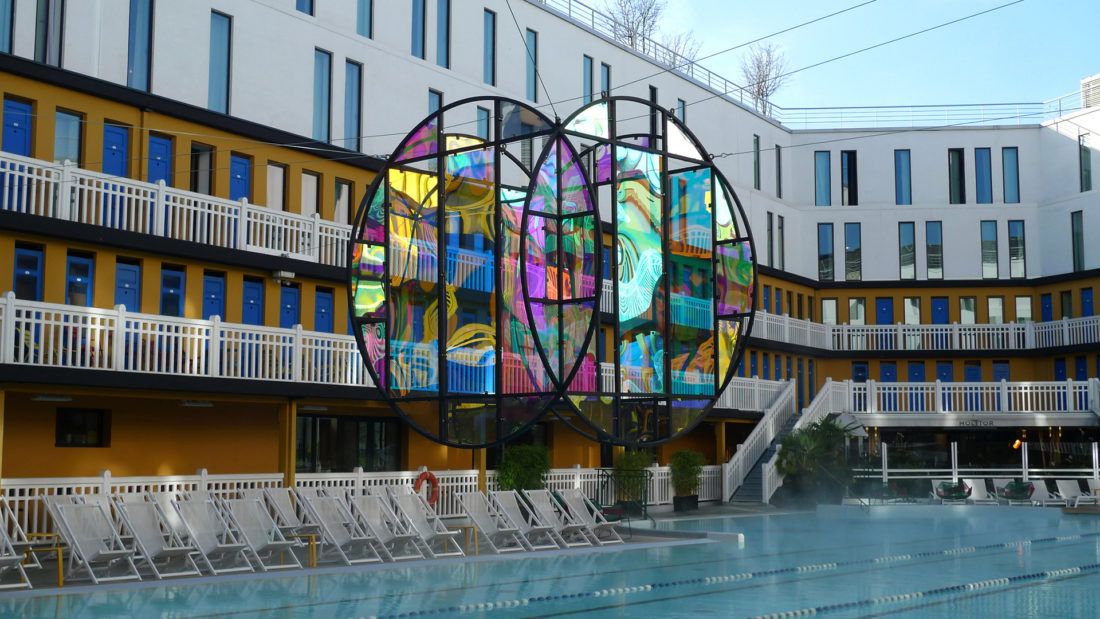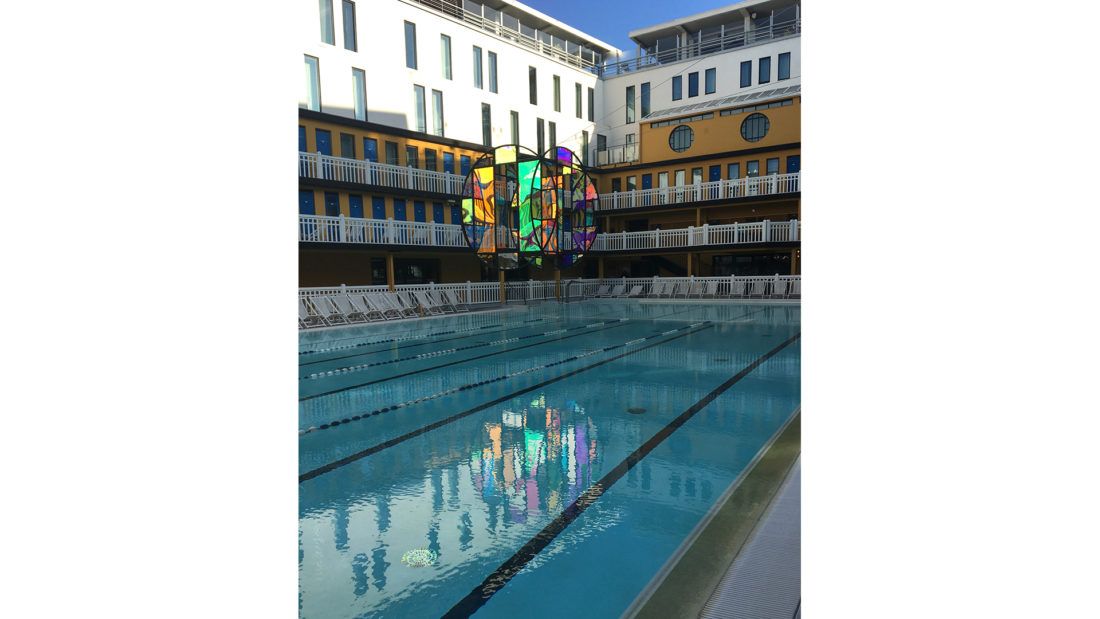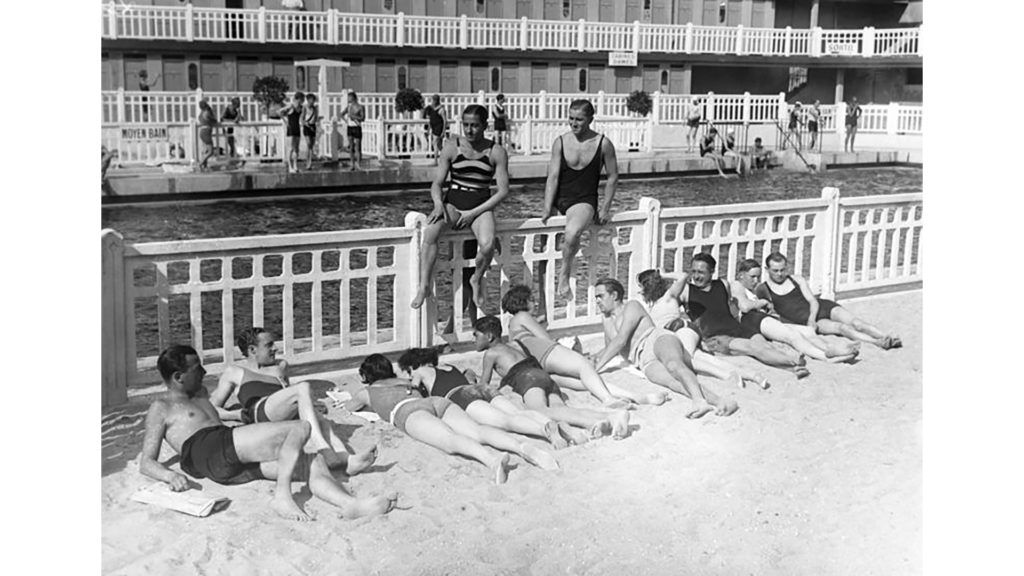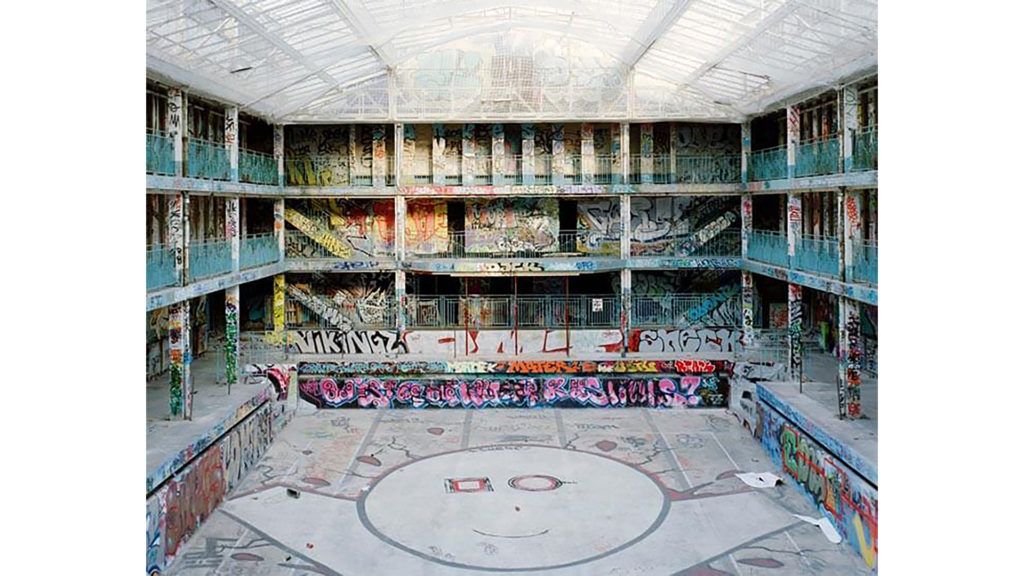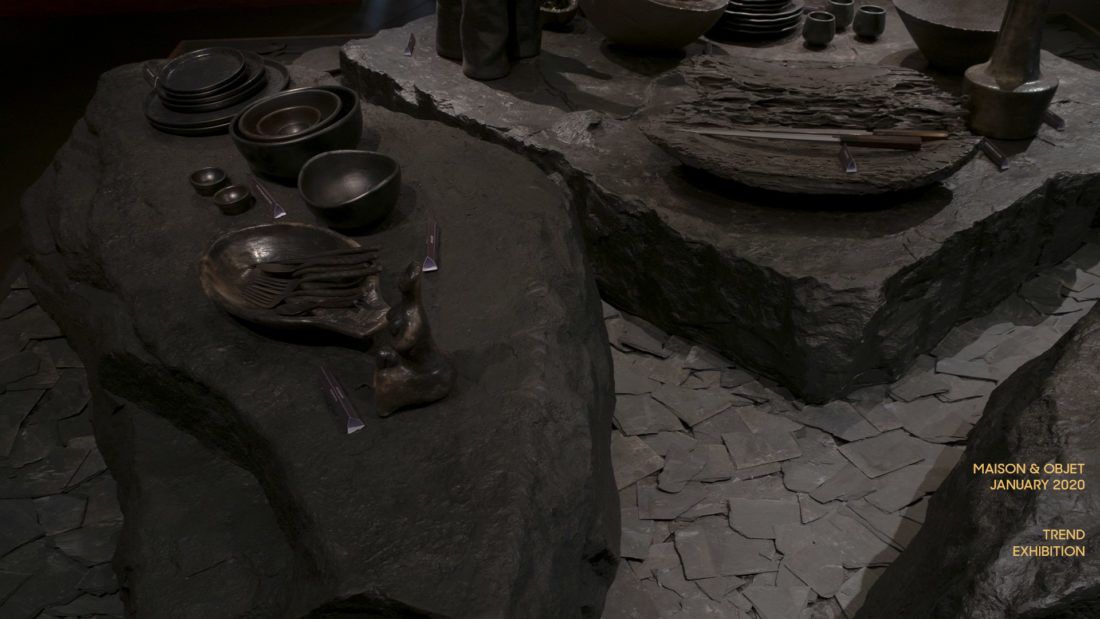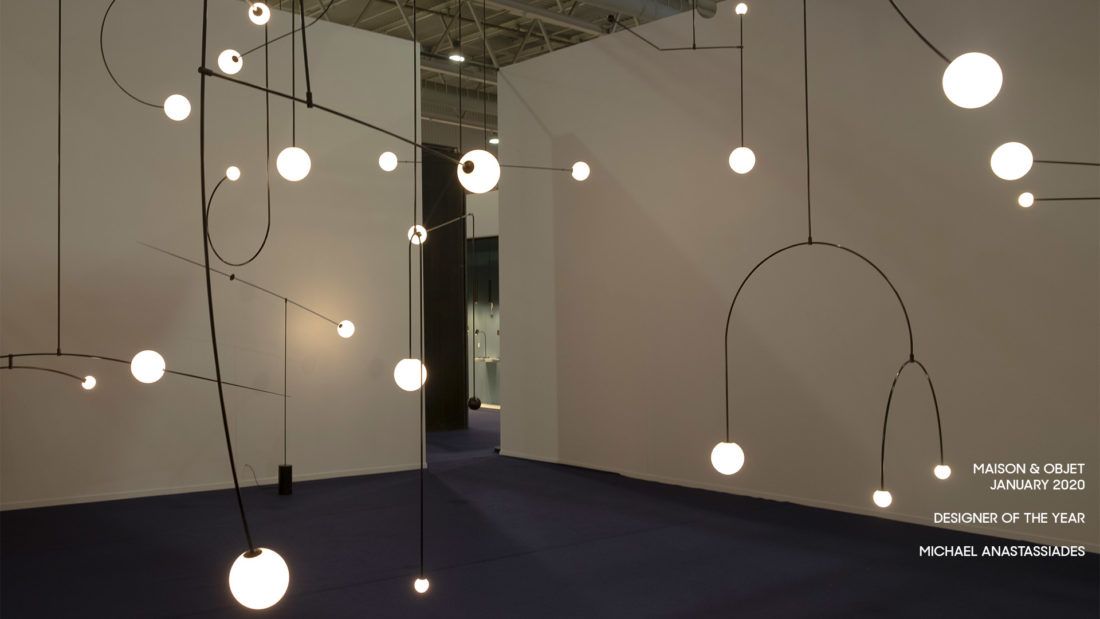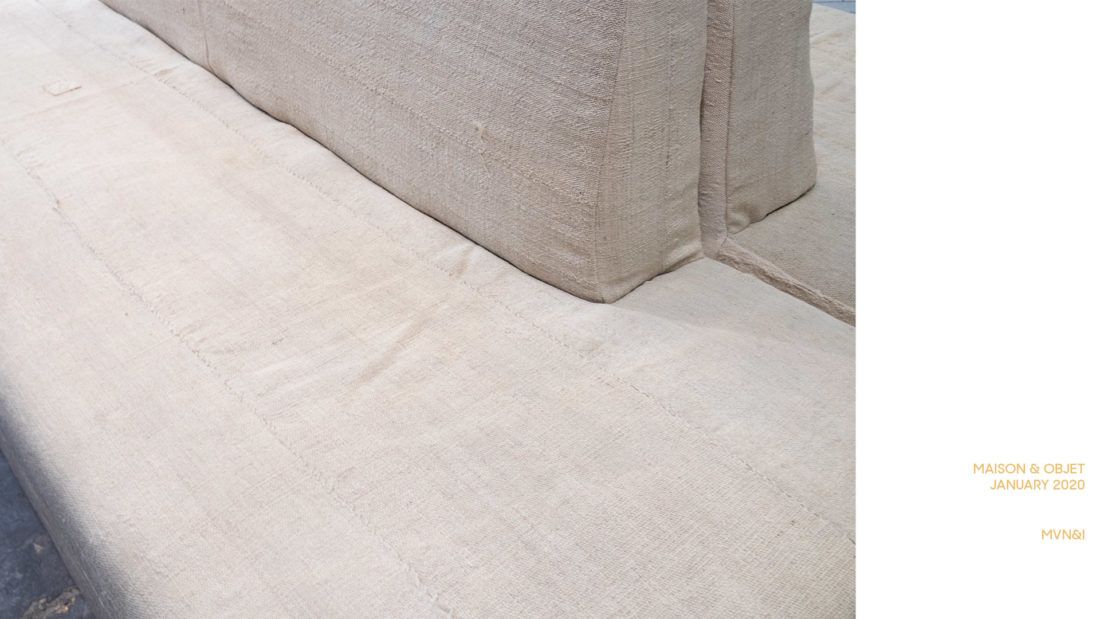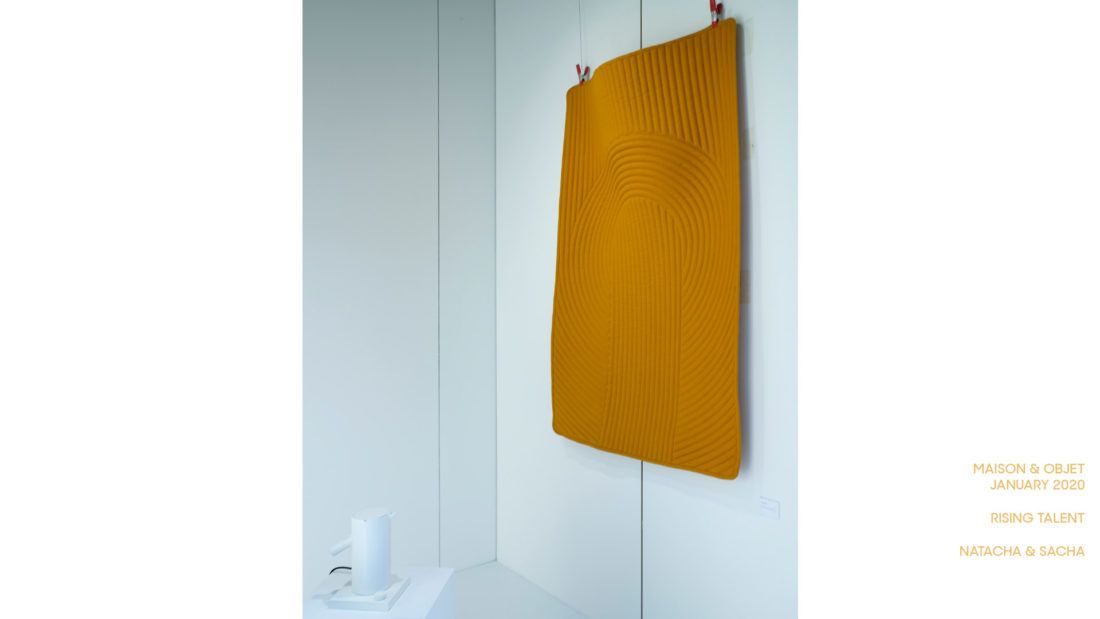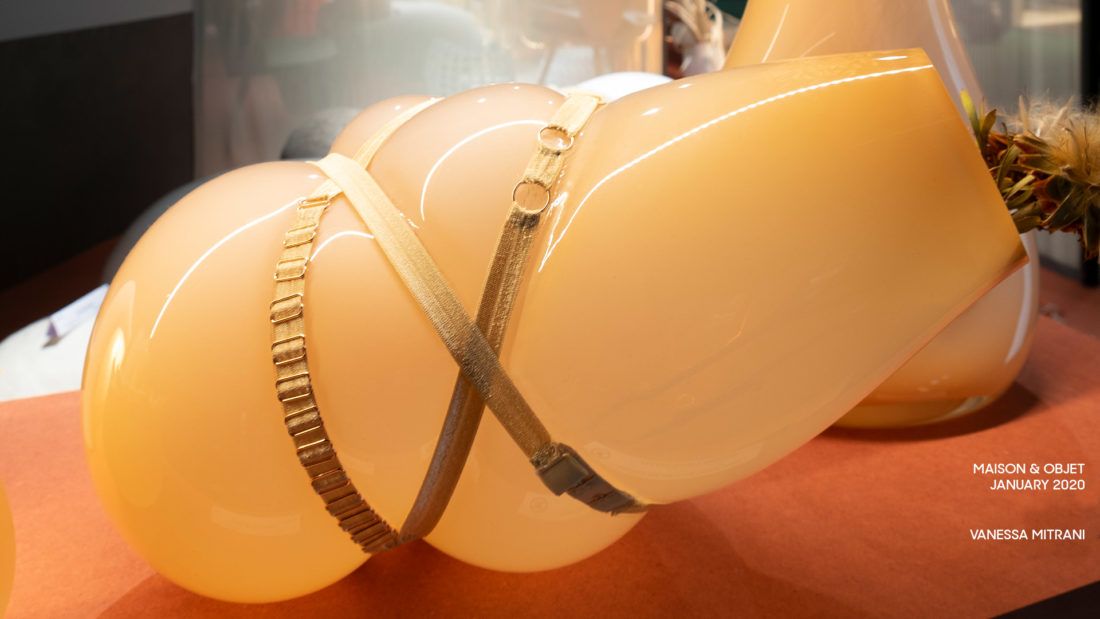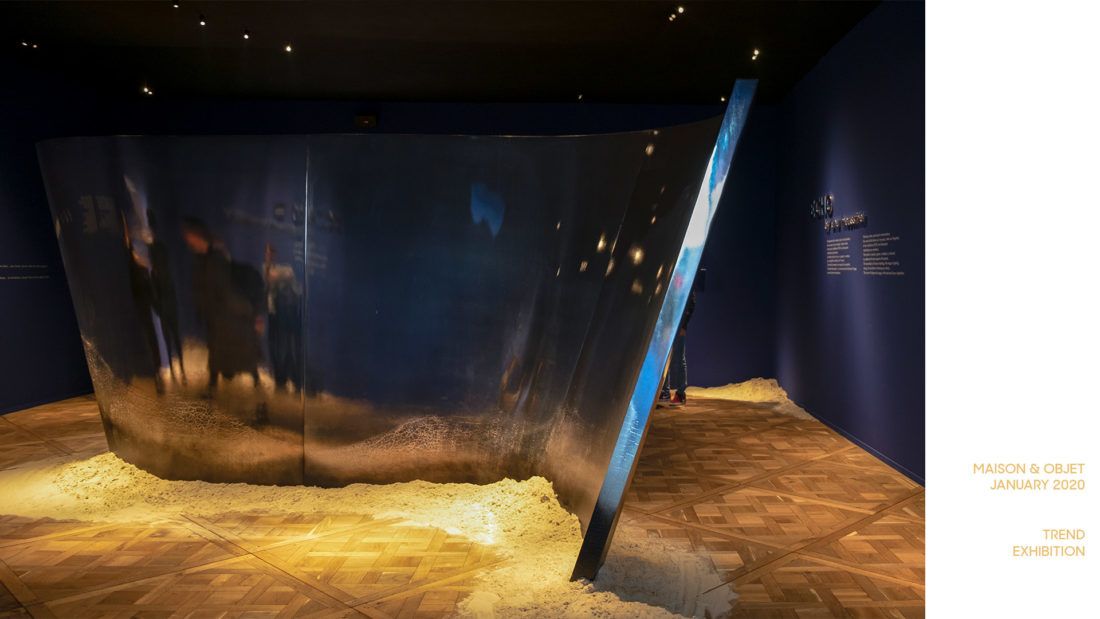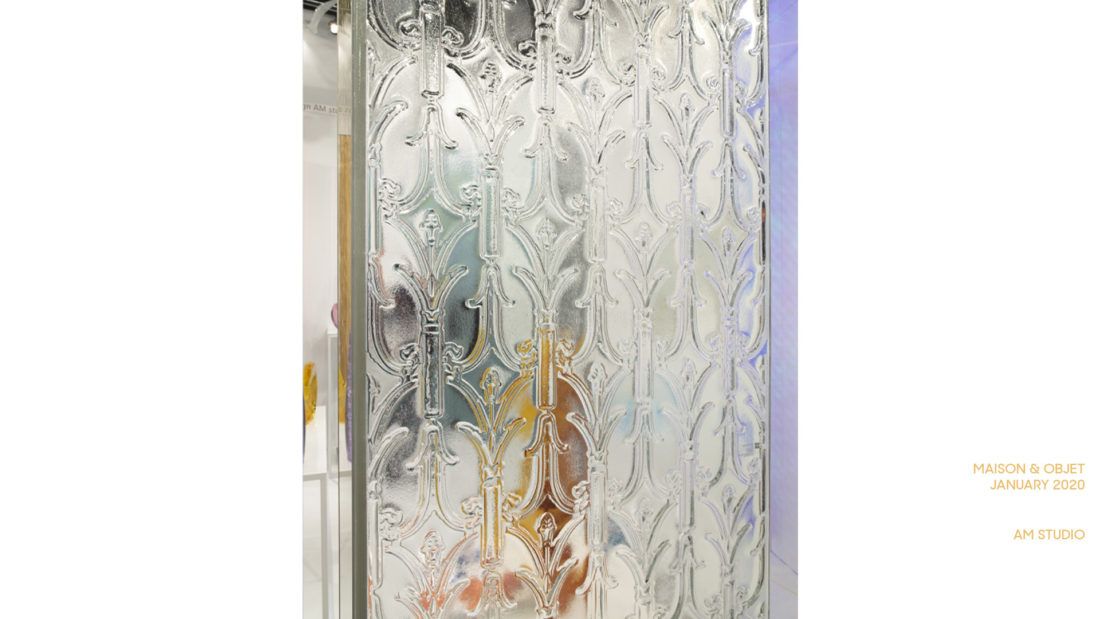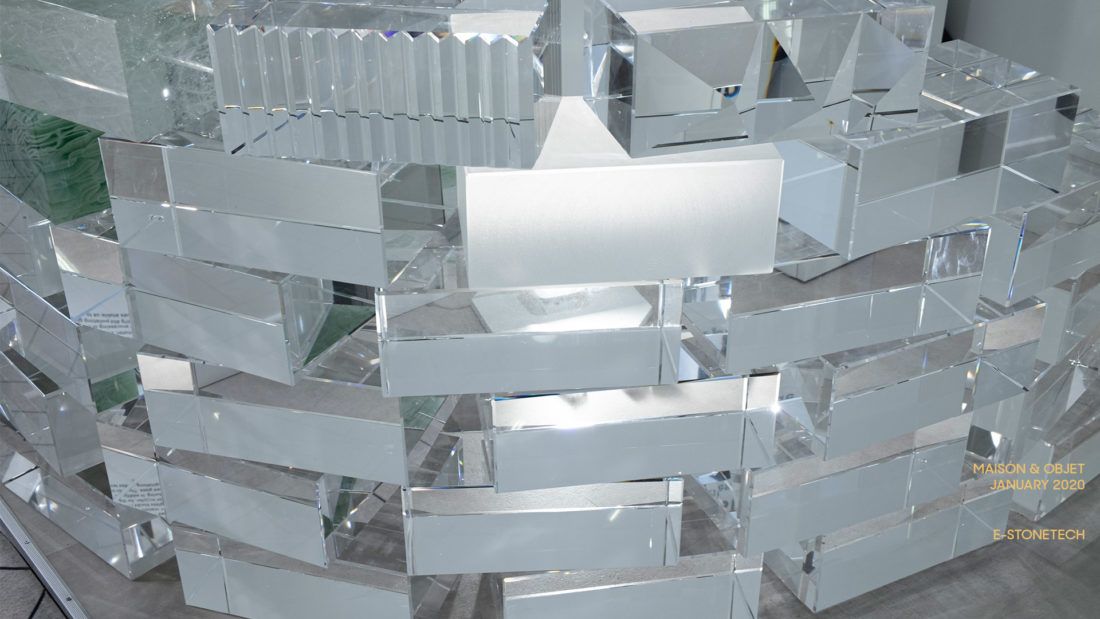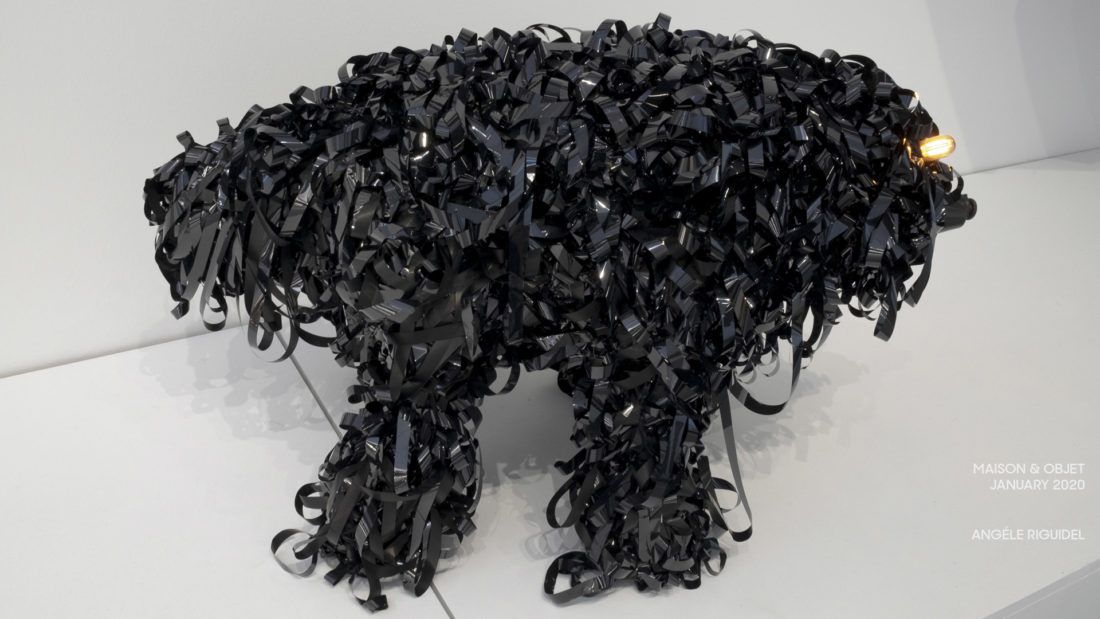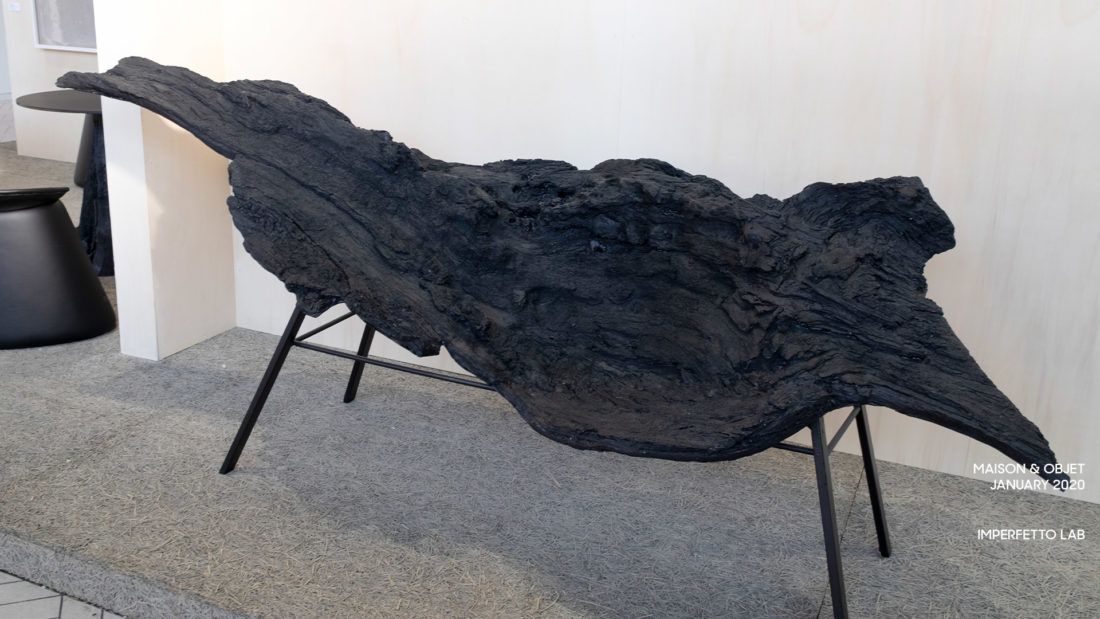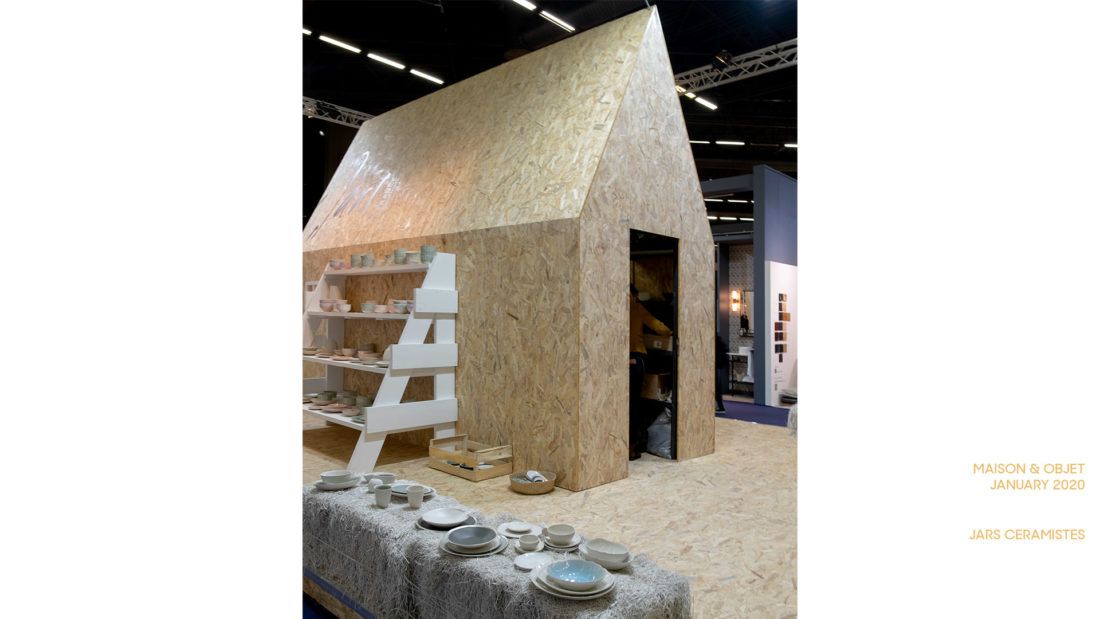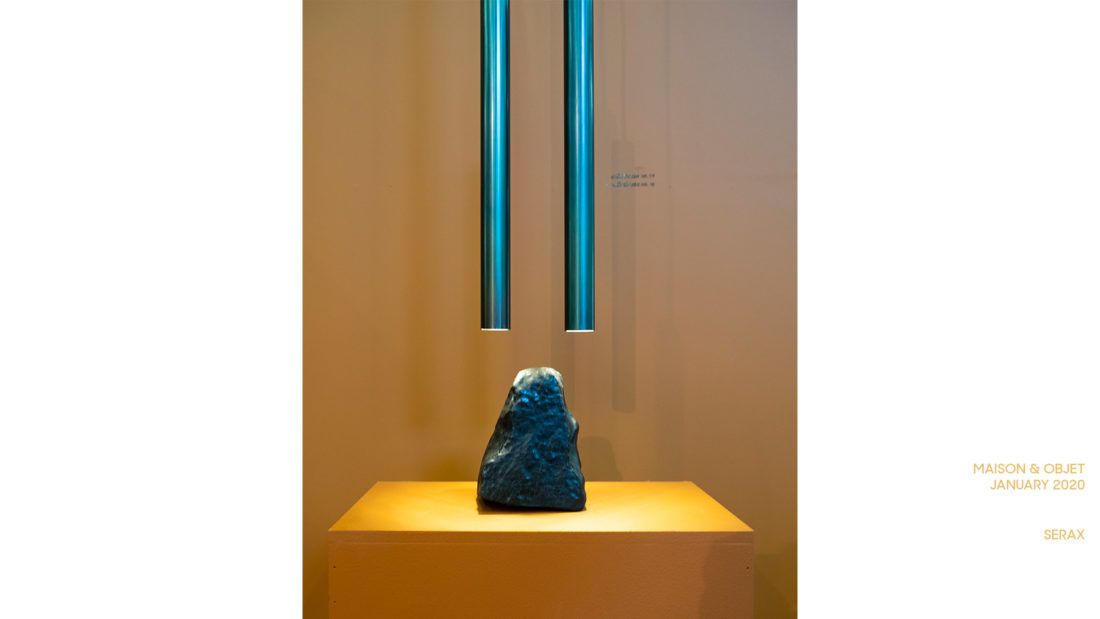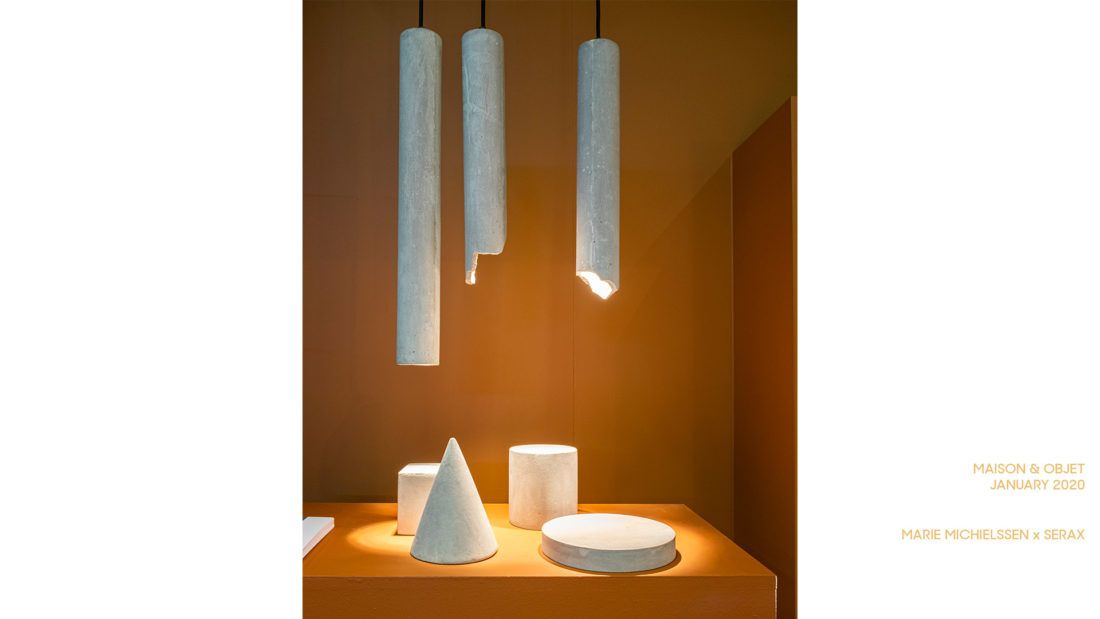Art
Art & Life
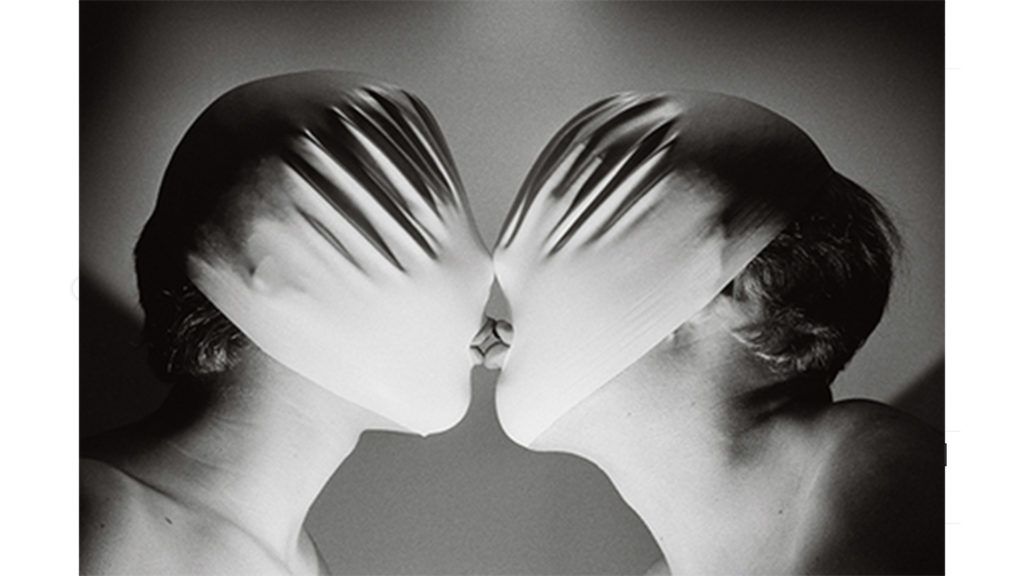
Walter Pfeiffer, Untitled, 1979
Courtesy Galerie Sultana, presented as part of not cancelled: Paris edition.
After last month’s focus on the luxury fashion industry and it’s response to the global pandemic, we focus this month on the response of another luxury industry close to our hearts, the contemporary art world. The already precarious economies of artists, galleries and museums that support contemporary art were thrown into disarray with the arrival of Covid-19. As galleries and museums were forced to close, the ever-adapting art world looked to new forms of exhibiting works and financing for artists and art spaces. Artists mobilized to support and reinvent themselves in innovative ways and new forms of expression were created and diffused.
To aid the young commercial gallery system, Treat Agency, an independent association from Austria, created the online solution not cancelled:
“not cancelled creates meaningful digital art events. It is an initiative that was born out of the necessity for viable digital options for art institutions that arose from the global closure of physical spaces.”
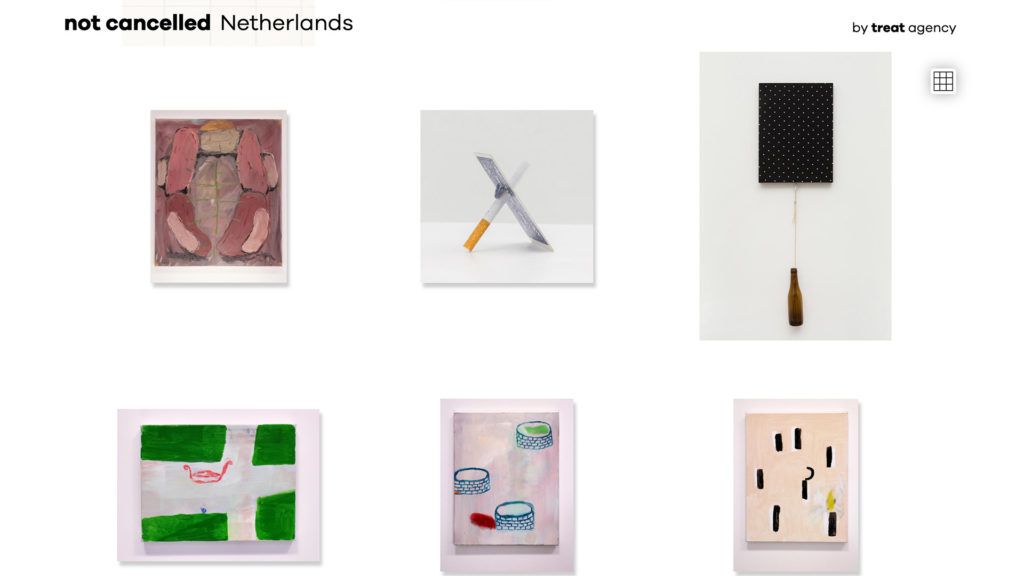
The platform highlights cities for one week, creating an online marketplace - like a mini-salon - federating young contemporary art galleries enabling them to supplement their reduced incomes and present their artists to global collectors. They have already hosted editions focussing on Berlin, Vienna, Warsaw, Paris, Dubai Netherlands and Chicago with more cities to come. It has become an essential platform for young galleries, that need to represent their artists having been forced to shutter their brick and mortar premises due to the situation.
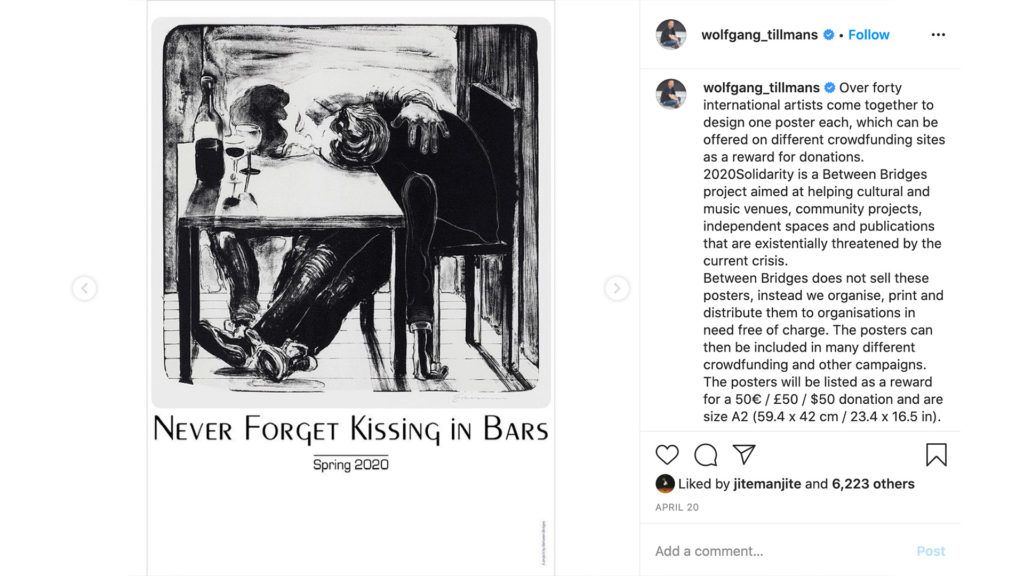
Taken from Instagram.com/wolfgang_tillmans
Artist Wolfgang Tillmans launched one of the most altruist projects during the epidemic - the 2020Solidarity campaign; manifested under the banner of his Between Bridges association based in Berlin. He invited over 50 internationally renowned artists to design posters that are offered in fundraisers by cultural and music venues, community projects, independent spaces and publications that are existentially threatened by the crisis. The venues taking part to promote the posters for 4-6 weeks at 50€ each. All proceeds collected go to their programs and at the end of there fundraising periods Between Bridges print the posters offering them free of charge, sending them to distribute to their customers.

Several posters for the 2020Solidarity initiative by Jochen Lempert, Jeff Koons, Betty Tompkins and Anne Imhof, see them all on the Between Bridges site.
Another great artist-led initiative came from Matthew Burrows, a painter from London, who created the ‘Artists Support Pledge’ on Instagram. All artists are free to take part using the hashtag #artistssupportpledge with a simple hypothesis:
"Artists post images of their work on Instagram which they are willing to sell for no more than £200 each (not including shipping). Anyone can buy the work. Every time an artist reaches £1000 of sales, they pledge to spend £200 on another artist/s work.”
The initiative has taken off, providing artists who are struggling with an income directly from their work. Each time you click the hashtag on Instagram it shows you all of the artist's works for sale taking part in the scheme.

Screenshot from 2 Lizards: Episode 3, courtesy Meriem Bennani's Instagram page.
In parallel to the money-making initiatives, many artists have also produced digital works that are not for sale in reaction to the lockdowns in place in most countries. None have touched the international art world and viewers quite like the episodic ‘2 Lizards’. The brainchild of artists Meriem Bennani and Orian Barki, dubbed by the New York Times as the ‘Coronavirus Art Stars’.
““We decided to go for moods,” Ms. Bennani said in a recent interview, “because there was so much factual information from the news that it’s our way of abstracting it into a feeling that can fuel story.””
New York Times, April 22nd
The ongoing saga of the lizards is an authentic account of two friends going through the lockdown together in New York; we can all see a little of ourselves in the lizards and the various characters that populate the series, which is why it has been such a huge success - take a look below at '2 Lizards' and see for yourself!
2 Lizards: Episode 2, 2020
Orian Barki and Meriem Bennani, courtesy the artists and Artforum

